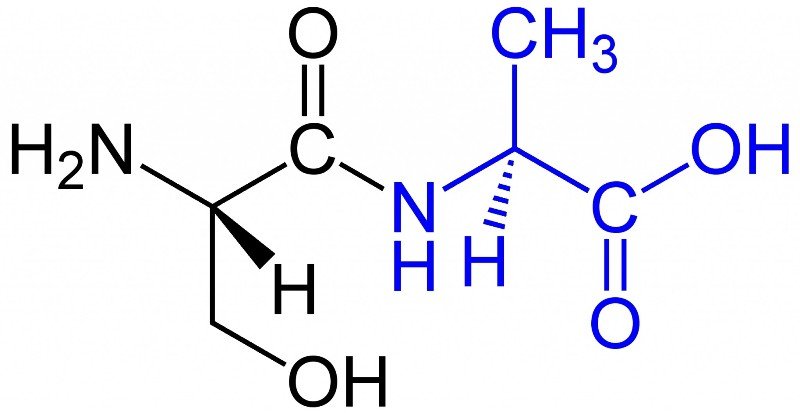
A History of Peptides Used In Research
It’s a thing of wonder that every living organism is built up of a matrix structure of proteins that consist of the same twenty amino acids. During the course of studying these proteins, scientists discovered that some substances consist of a special type of amino acids that were distinct from proteins, these protein-like substances were called peptides.
Unlike proteins, peptides are much simpler and have a lower molecular weight. Amino acids link peptides through peptide bonds.
Peptides perform numerous vital functions in the body system, from regulating physiological functions to supplying the body with nutrition. Peptides are virtually affecting all metabolic synthesis in the body.
Peptides are mostly classified into two groups: oligopeptides and polypeptides. Oligopeptides are groups of peptides consisting of 2-10 amino acids while polypeptides are peptides that consist of above 10 amino acids. A group of 50 or more aminos is referred to as a protein, hence, peptides can simply be defined as some sort of building blocks of proteins.
Notable Milestones in The Research or Peptides

The first ever discovery of a peptides was in 1902 by Starling and Bayliss who found secretin and earned the Nobel prize in physiology for their efforts. The duo proved that a secretin was secreted from the jejunal mucosa when gastric acid arrived from the stomach. Secretin then travels in the bloodstream to the pancreas which it stimulates to secrete pancreatic juice. The discovery of Starling and Bayliss laid the foundation for the use and appreciation of peptides in endocrinology.
About 29 years later, the next huge discovery in peptides was Substance P in 1931. Ulf Von Euler and John H. Gaddum found it as a tissue extract that affects contraction of the intestine in vitro. SP was also found to be a very potent vasodilator. The discovery of SP paved the way for scientists to understand how peptides affect the nervous system, these types of peptides are called neuropeptides.
The role of peptides in reproduction and sexual relations in mammals was unknown until Vincent Du Vigneaud conducted studies on oxytocin in 1953. Du Vingnead was the first person to successfully isolate oxytocin and find out its chemical composition. He also went a step further by figuring out a way to produce oxytocin artificially. Oxytocin was the first peptide hormone with a known sequence of amino acids.
Rita Levi-Montcini and Stanley Cohen isolated a compound that induced the formation of neuritis and stimulated spiral neurons from tumors, snake venom and mouse saliva in 1960. This compound was later called Nerve Growth Factor (NGF). The amazing thing about their achievement was that they accomplished these feats with little support from the scientific community.
The 1950s and 1960s heralded the invention of solid-phase peptide synthesis by Robert Bruce Merrifield and the first ever artificial production of insulin by Chinese scientists. Insulin was the first synthetic peptide.
Since the 1970s, neuropeptides have become a leading subject in biochemical research and ultimately led to the discovery of enkephalin and opioid peptides.
The fast-paced advancements in molecular biology and biotechnology has led to incredible progress in the study of peptides since the first ever artificial synthesis of peptides that occurred over 40 years ago.
Peptides in today’s world

Peptides are an extremely hot topic in today’s world. You can buy peptides to be used in everything from medical research, cosmetics all the way to anti-aging and food additives. In animal studies peptides have been shown to help bodily processes in a unique and natural way, thus allowing the body to function at a higher rate.
There are many great peptide blogs online today which highlight different profiles as well as give good information as to the results of various studies performed using peptides and various research liquids.
Peptides and proteins have made their way into the main stream of today’s society and as science continues to advance we can expect a greater reliance on these wonderous chains of life’s building blocks.




